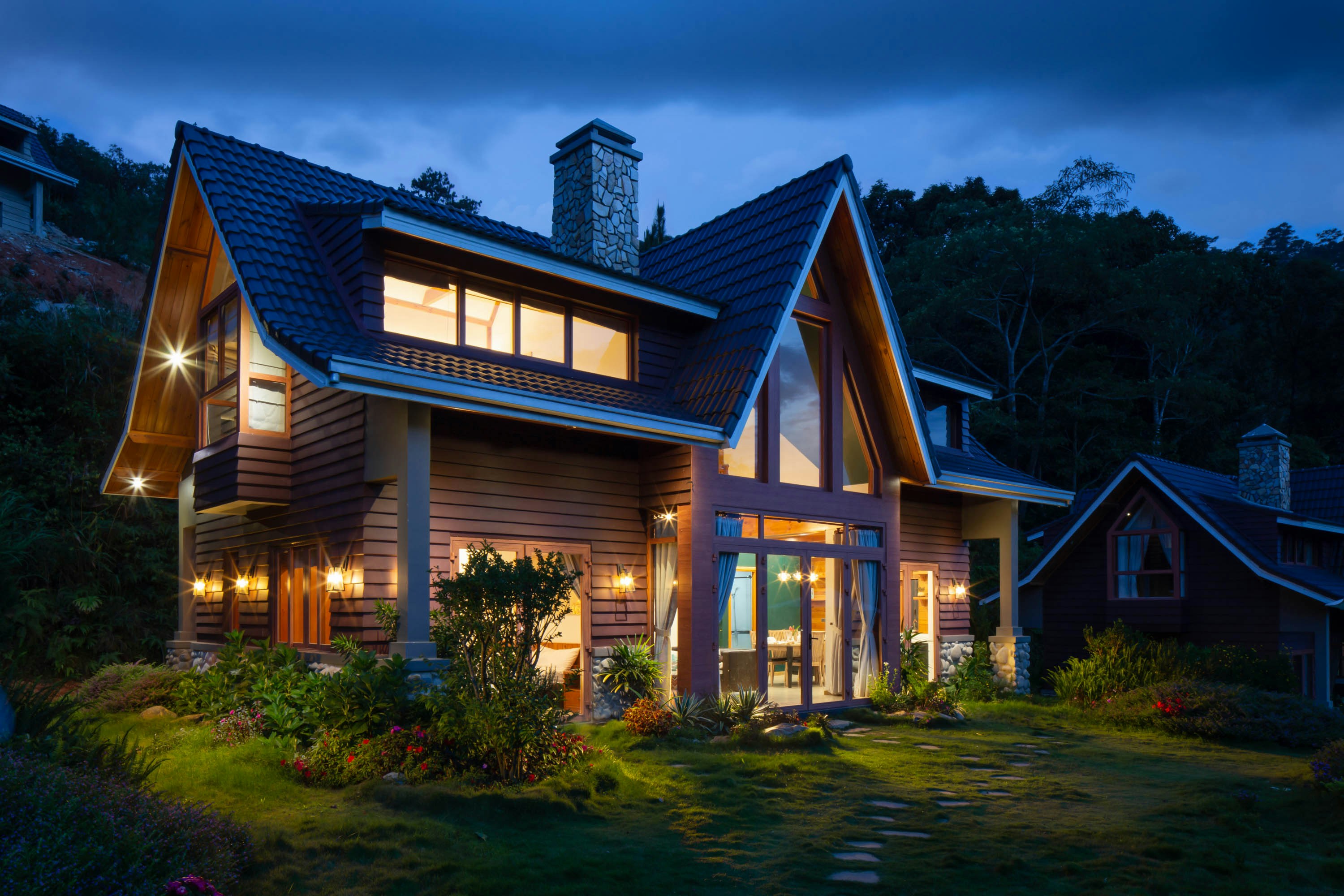Title: Adaptive Reuse: Transforming Old Spaces into Thriving Properties
Adaptive reuse is revolutionizing the real estate landscape, offering innovative solutions to urban development challenges while preserving historical significance. This approach involves repurposing existing buildings for new uses, creating unique opportunities for investors, developers, and communities alike. From abandoned factories turned into trendy loft apartments to old churches converted into vibrant community centers, adaptive reuse is reshaping our cities and redefining property value.
Historical Context and Key Developments
The concept of adaptive reuse is not entirely new, with examples dating back to the mid-20th century. However, it has evolved significantly in recent decades. Early efforts often focused on preserving landmark buildings, but today’s adaptive reuse projects encompass a wide range of structures and scales. The preservation movement of the 1960s and 1970s laid the groundwork for adaptive reuse, highlighting the cultural and economic value of historic buildings. Since then, advancements in construction technology and changing urban demographics have expanded the possibilities for creative repurposing of spaces.
Current Market Trends and Financial Insights
The adaptive reuse market has experienced substantial growth, with projections indicating continued expansion. According to recent industry reports, the global adaptive reuse market is expected to reach $350 billion by 2027, growing at a CAGR of 5.8% from 2020 to 2027. This growth is fueled by increasing urbanization, sustainability initiatives, and the unique investment opportunities presented by adaptive reuse projects.
Financially, adaptive reuse projects can offer several advantages. While initial renovation costs may be high, these projects often benefit from tax incentives, grants, and other financial support mechanisms designed to encourage historic preservation and urban revitalization. Additionally, the unique character of adaptively reused buildings can command premium rents and sales prices, potentially leading to higher returns on investment compared to new construction.
Advantages of Adaptive Reuse
One of the primary benefits of adaptive reuse is its positive environmental impact. By repurposing existing structures, this approach significantly reduces construction waste, conserves raw materials, and minimizes the carbon footprint associated with new development. This aligns with growing consumer demand for sustainable living and working spaces, potentially increasing the marketability of adaptive reuse properties.
From an economic perspective, adaptive reuse can revitalize neighborhoods by attracting businesses, residents, and visitors to previously underutilized areas. This can lead to increased property values and tax revenues for local governments. For investors, adaptive reuse projects often offer unique opportunities to create distinctive properties with strong market appeal, particularly among millennials and creative professionals who value authenticity and character in their living and working environments.
Challenges and Considerations
Despite its many advantages, adaptive reuse comes with its own set of challenges. Renovating older buildings can be complex and unpredictable, often requiring specialized expertise and potentially leading to cost overruns. Structural issues, hazardous materials, and compliance with modern building codes can all pose significant hurdles.
Additionally, navigating zoning regulations and historic preservation requirements can be time-consuming and may limit the extent of modifications allowed. This can sometimes constrain the potential uses or profitability of a property. Investors and developers must carefully assess these factors when considering adaptive reuse projects.
Impact on Real Estate Stakeholders
For buyers, adaptive reuse properties offer the opportunity to own or occupy unique spaces with character and history. These properties often feature distinctive architectural elements, high ceilings, and other attributes that are difficult to replicate in new construction. However, buyers should be aware of potential maintenance challenges associated with older structures.
Sellers of properties suitable for adaptive reuse may find a new market for buildings that might otherwise be considered obsolete. This can be particularly valuable in areas with strict development restrictions or limited available land for new construction.
Investors in adaptive reuse projects can benefit from diversification opportunities and potentially higher returns, but must be prepared for the complexities and risks associated with these developments. Successful adaptive reuse investments often require a deep understanding of local market dynamics, regulatory environments, and the specific challenges of working with older structures.
Case Studies and Success Stories
Numerous successful adaptive reuse projects demonstrate the potential of this approach. For example, the High Line in New York City transformed an abandoned elevated railway into a popular public park, dramatically increasing property values in the surrounding area. In London, the Tate Modern, housed in a former power station, has become one of the world’s most visited art galleries and a catalyst for urban regeneration.
On a smaller scale, former warehouses and factories in cities across the globe have been converted into sought-after residential lofts and creative office spaces. These projects not only preserve architectural heritage but also create unique, attractive environments that command premium prices in the real estate market.
Future Outlook and Emerging Trends
As urban populations continue to grow and sustainability concerns intensify, adaptive reuse is likely to play an increasingly important role in real estate development. Emerging trends include the conversion of retail spaces into mixed-use developments, the transformation of office buildings into residential units (particularly relevant in the post-pandemic landscape), and the adaptive reuse of industrial sites for urban agriculture or renewable energy production.
Technological advancements, such as 3D scanning and Building Information Modeling (BIM), are making it easier to assess and plan adaptive reuse projects, potentially reducing costs and risks. Additionally, evolving policies and financial incentives supporting sustainable development and historic preservation are likely to further encourage adaptive reuse initiatives.
In conclusion, adaptive reuse represents a compelling opportunity in the real estate sector, offering a blend of sustainability, cultural preservation, and economic potential. As cities evolve and adapt to changing demographics and environmental imperatives, the creative repurposing of existing structures will undoubtedly play a crucial role in shaping the urban landscape of the future. For investors, developers, and property owners, understanding and leveraging the potential of adaptive reuse could be key to success in an increasingly complex and sustainability-focused real estate market.







